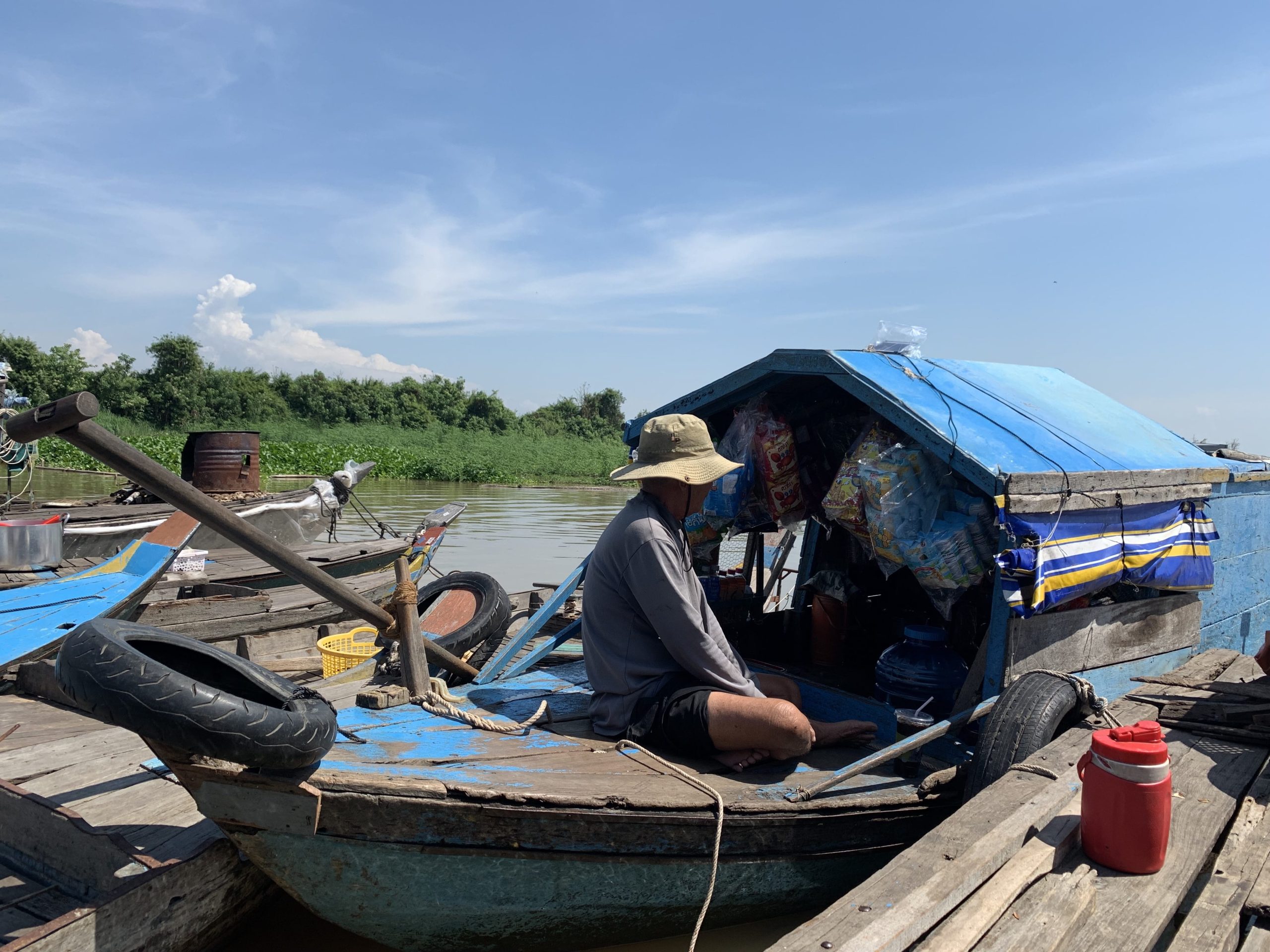1. Citizenship Law
a. Jus sanguinis Provisions
Stipulated by the Law on Citizenship of the Islamic Emirates of Afghanistan, the citizenship legislation of Afghanistan operates through a jus sanguinis structure, providing that a child born within or outside of Afghanistan to two Afghan citizen parents is automatically granted citizenship. Children born within Afghanistan only need to show that one of their parents is an Afghan citizen, and for those born outside of Afghanistan to one Afghan citizen, mutual consent between the parents is needed for the child to be recognized as a citizen. A child born to two foreign parents in Afghanistan may elect citizenship upon reaching the age of 18, unless their parent is a foreign diplomat or a member of an international organization. Furthermore, if a person who holds no citizenship marries an Afghan citizen, they automatically acquire Afghan citizenship. There is no definition of a stateless person or explicit mention of statelessness in the citizenship legislation of Afghanistan.
Stipulated by the Law on Citizenship of the Islamic Emirates of Afghanistan, the citizenship legislation of Afghanistan operates through a jus sanguinis structure, providing that a child born within or outside of Afghanistan to two Afghan citizen parents is automatically granted citizenship.
b. Naturalized Citizenship
Foreigners or “those who do not have citizenship” may apply for naturalization in Afghanistan, as stipulated by Article 15 of the Law. Eligibility requirements for the application include being 18 years of age, living for at least five years in the territory, and not having committed any crimes during their stay in the territory. There is no simplified or expedited procedure available to stateless persons or refugees.
c. Dual Citizenship
Dual citizenship is not recognized in Afghanistan.
2. Treaty Ratification Status
Article 22 of the Law states that, “the nationality of the IEA [Islamic Emirates of Afghanistan] can also be obtained according to the norms predicted in the international treaties unless they contradict the tenets of Islam.”
Afghanistan has the highest rate of treaty ratification of any state in South Asia, notably being the only state in the region that is party to the Refugee Convention and its 1967 Protocol. Afghanistan is yet to ratify the 1954 Convention relating to the Status of Stateless Persons and the 1961 Convention on the Reduction of Statelessness.
In 2020, the CEDAW Committee noted that women face barriers to accessing identity cards (tazkira) due to “lack of security, restrictions imposed by male family members, limited mobility, or the lack of financial means”. It also cited administrative barriers and corruption faced by women when obtaining identity cards, recommending that Afghanistan raise public awareness of the importance of birth registration for women and their children. As a party to the CRC as well as the ICCPR, Afghanistan is obligated to ensure that every child’s birth is registered immediately.
In 2021, the Security Council unanimously adopted a resolution that stated “the Islamic Emirate of Afghanistan [the Taliban] is not recognized at the United Nations, and furthermore that the UN Security Council does not support the restoration of the Islamic Emirate of Afghanistan”. the Taliban not being recognized as the legitimate government of Afghanistan, as a non-state actor, it is still obligated to uphold the international obligations that Afghanistan is bound to.
| Country | Stateless 1 | Stateless 2 | Refugee | ICCPR | ICESCR | ICERD | CRC | CEDAW |
|---|---|---|---|---|---|---|---|---|
| Afghanistan |



